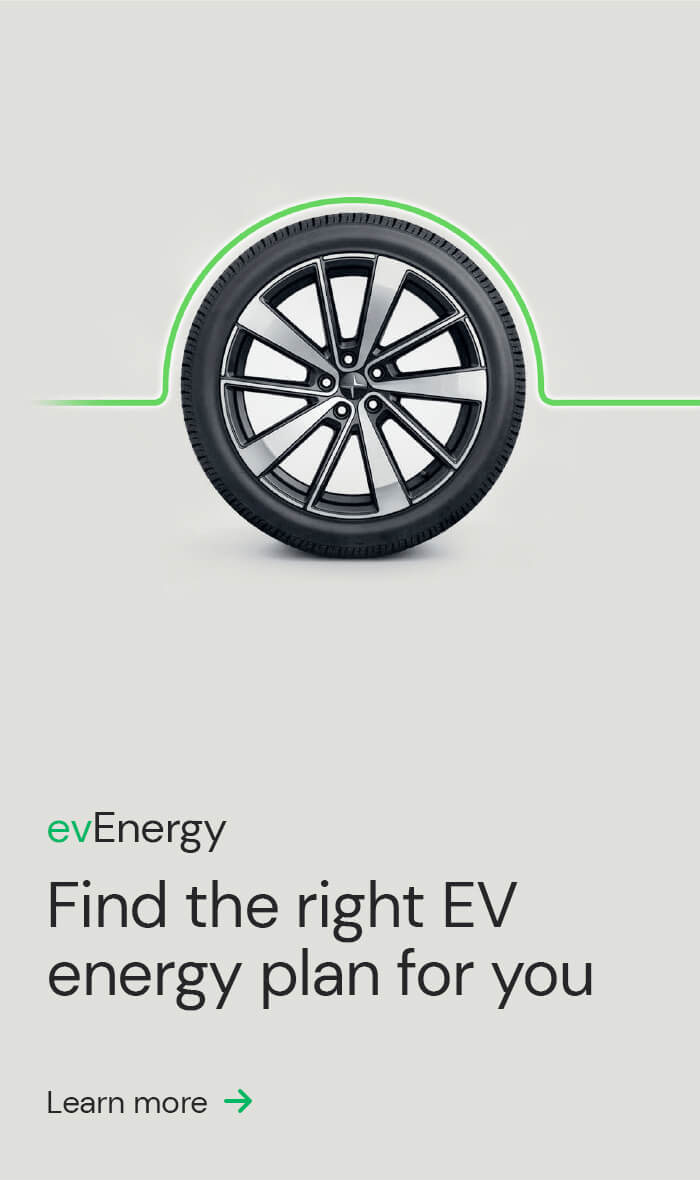When it comes to EV charging, you may have encountered common myths such as they take too long to charge or they can’t go long distances. Pleasingly, all those myths can be debunked with the help of some cold, hard facts. Here, we explore and dispel the most common EV charging myths.
Myth 1: EV charging is slow
From rapid public DC charging stations to speedier smart Type 2 home charging, today’s EV chargers are now much faster than previously. For instance, a Level 3 350kW public charger can fully power an electric vehicle in as little as eight minutes, while a Level 2 three-phase 22kW home charger may take just two hours.
And it’s not just about speed. Modern EV chargers offer convenience and smart features. Many EVs come with apps or in-car systems that let you easily find nearby charging stations, check the status of your charge, and even pre-condition your car’s battery before you hit the road.
Myth 2: EV Charging is expensive
Another myth is that EV charging is prohibitively expensive. Although it will depend on energy rates (tip: try to charge your EV overnight during off-peak rates), according to the Electric Vehicle Council, fast charging an EV is around 20% cheaper than buying petrol. Additionally, many EV owners can access free or discounted charging through workplace charging programs, public charging stations, or even home charging with solar systems.
Myth 3: Public EV charging stations are few and far between
While it may be assumed that EV charging stations are hard to find, the reality is that the number of charging stations is rapidly increasing. Many cities and towns are investing in charging infrastructure, and major highways often have charging stations at regular intervals, making long-distance travel in an EV more feasible. Indeed, according to a report by Next System, the number of Australian EV fast-charging sites grew by 90% in 2023. The number of fast-charging sites is even expected to double in 2024.
Myth 4: EV batteries degrade quickly
EV batteries are designed to last for many years, and most manufacturers offer 8–10-year warranties that cover the battery for that duration or a distance of 180,000-200,000km. With proper care, including avoiding frequent deep discharges and extreme temperatures, EV batteries can retain a significant amount of their original capacity even after many years of use. On average, EVs are expected to last as long as similar petrol or diesel vehicles, which is typically about 15 years.
Myth 5: EV charging is complicated
With all the tech that comes with it, some may be intimidated by the idea of charging an EV, however, it’s quite simple. All EVs come with a Type 2 charging cable that can be plugged into a standard household outlet or a dedicated EV charging station. Many EVs also have built-in features that allow you to schedule charging times or monitor charging progress from your smartphone.
Myth 6: EV charging puts too much pressure on the grid
There is a misconception that widespread adoption of EVs will put too much strain on the electrical grid. Hypothetically, if every car on Australia’s roads today were to suddenly become electric, it would result in around a 15% increase in overall electricity demand. Given that scenario is not going to happen overnight and that the transition will likely take 25 years, there’s ample time for the grid to prepare for this increased demand. Furthermore, EV batteries can also be used to store excess renewable energy, further reducing the strain on the grid.
Myth 7: EVs are only practical for short distances
EV technology has evolved at lightning speed, and in 2024, the average EV range is around 400km, making them suitable for most people’s daily driving needs. Especially considering the average Aussie only drives 43km a day. What’s more, the availability of all those new fast-charging stations makes longer trips more feasible, further increasing the practicality of EVs for long-distance travel.
Summary
- EV chargers are much faster now, with DC Level 3 chargers doing a full charge in 8 minutes and Level 2 home chargers in 2 hours.
- EV charging can be 20% cheaper than petrol, especially with off-peak rates and access to free or discounted charging.
- The number of charging stations grew by 90% in 2023, making long-distance travel in an EV more feasible.
- EV batteries are designed to last for many years and can retain their capacity with proper care.
- Charging an EV is simple, with built-in features for scheduling and monitoring.
- The grid has time to prepare for increased demand and EV batteries can store excess renewable energy.
- EVs have an average range of 400km and are suitable for most people’s daily driving needs, with fast-charging stations making longer trips more feasible.
Are you considering making the switch to an electric vehicle? Save time and money and stay fully charged with exclusive access to electric vehicle charging solutions and information to support you on your EV journey, all available through ActewAGL’s evHub. Find out more here.
Sources
https://www.transport.nsw.gov.au/projects/electric-vehicles/charging-an-electric-vehicle
https://electricvehiclecouncil.com.au/docs/how-much-does-it-cost-to-charge-an-ev
https://www.pv-magazine.com/2024/02/08/australian-ev-fast-charging-sites-set-to-double-in-2024
https://electricvehiclecouncil.com.au/docs/a-thing-in-category-1
https://www.compareinsurance.com.au/car-insurance/car-insurance-calculator



